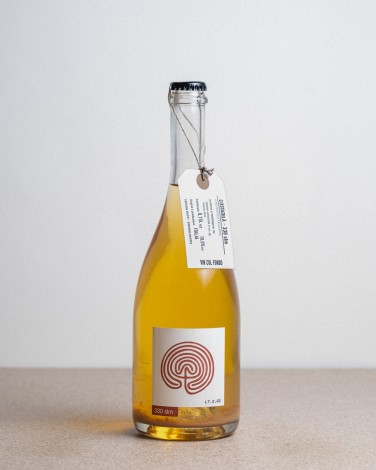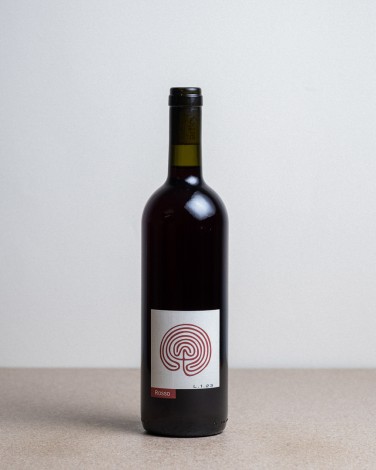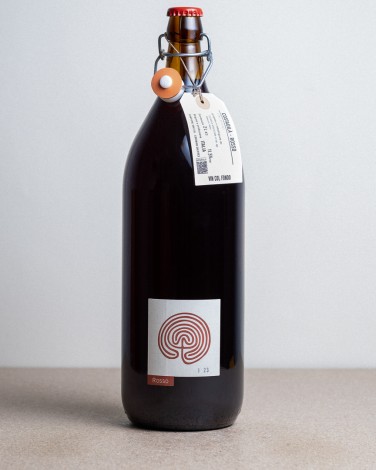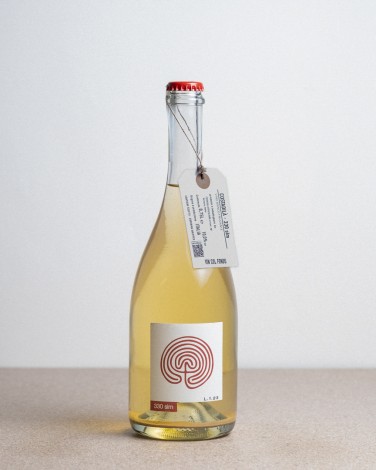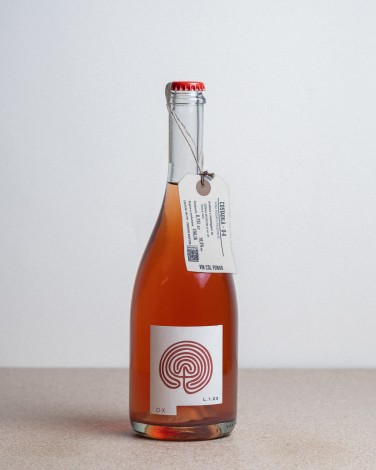Italian wines
- Costadilà Articoltura
330 slm, 2021
CHF 22.00 - Costadilà Articoltura
Vino Rosso, 2022
CHF 20.00 - Costadilà Articoltura
Vino Rosso 2Litro, 2022
CHF 42.00 - Costadilà Articoltura
330 slm, 2022
CHF 22.00 - Costadilà Articoltura
O-X, 2022
CHF 26.00
The boot of grape varieties
Italy is the largest wine-producing country in Europe, ahead of its neighbour France, with some 47.5 million hectolitres produced per year, and vines planted in all regions of the country, from the Veneto to Sicily. The Greeks had already called the country Œnotria or land of wine, and the Romans developed the cultivation of vines well beyond the country's current borders. Italy's particularity is its wealth of grape varieties, with more than 1,800 in the country and each region having its own local particularities, from Nebbiolo in Piedmont to Nerello Mascalese in Sicily or Montepulciano in Abruzzo. In white as in red, there are hundreds of different types of wines, each of which blends with the particular climates of each region. Between the Adriatic and Mediterranean seas and the Apennine mountain range, the different terroirs of the Boot combine freshness and minerality with authenticity and ancestral know-how.
The great winegrowers from Piedmont to Tuscany have made the country's reputation and today a myriad of more or less young estates are working to write the page of organic and natural winegrowing in the history of Italy. From Fabio Gea, the iconic producer from Piedmont, to Frank Cornelissen taming Etna, to Iole Rabasco and her wines from Abruzzo, and many, many more...
